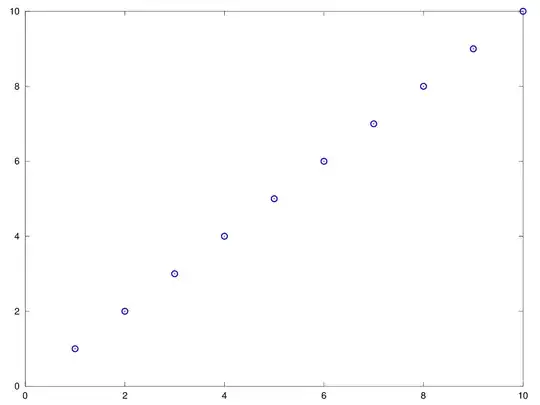In the question: Geometrical interpretation of $(\sum_{k=1}^n k)^2=\sum_{k=1}^n k^3$ the mysterious last answer involves concepts from electrical engineering and signal processing:
Consider the time-signal [1,2,...,k] (A linear function or "triangle wave"). The LHS is the square of the DC component of the signal in the temporal/spatial domain which is straight forward to calculate. The RHS is the iterated convolution of the fourier transform of [1,2,3,...,k] three times and then DC component of that.
Can anyone supply details here? What does he mean triangle wave and DC component? Sounds like tuning a radio then proving a theorem, but that is what makes math great.
